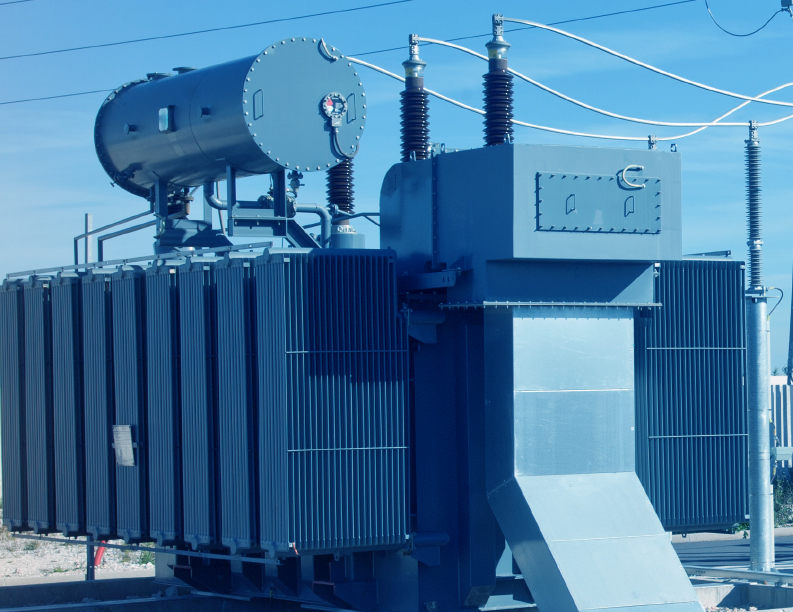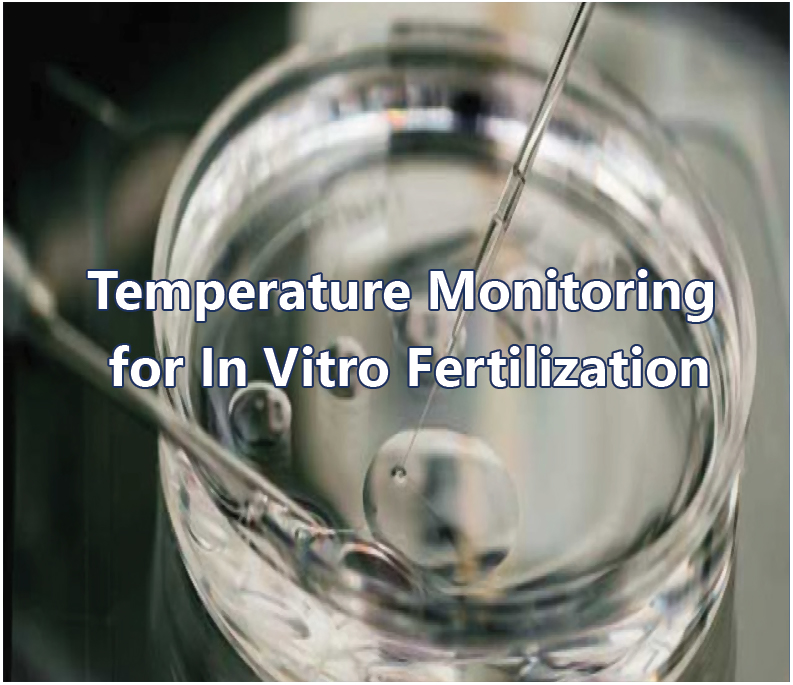Introduction
In Vitro Fertilization (IVF) is an artificial way of fertilisation of matured eggs collected from follicles of ovaries using fresh & healthy sperm outside human body in a very controlled environment.
It is different from artificial insemination, where whole process of fertilisation for IVF happens outside the body. Embryo formed after fertilisation is kept in a special Incubator to nurture the embryo in a mix of amino acids for growth & perfect development. After 5 to 6 days, on confirming Embryo at its Blastocyst stage, the same is implanted back into the Uterus. Approximately two weeks after, pregnancy is to be confirmed through hCG test. In Vitro Fertilization is opted when there is problem related to Uterus/ fallopian tubes/ ovulation/
less sperm count/p oor egg quality/ antibody problem/ genetic disease/ delayed pregnancy desired etc.
In IVF, Eggs are taken out / retrieved just before those emerges out of follicles from the ovaries. If collected too early or too late, those may not develop normally. In most of the cases, multiple Embryos are inserted at a time to increase chances of survival of embryo(s). It is also a practice to keep embryo(s) in frozen condition (Cryo-Cooling) for second or third cycles of IVF, if needed and to reduce the expenses, which otherwise costly treatment to start afresh. The IVF treatment with froze Embryos are also in practise, when patient has other physical conditions requiring extended recovery period.
IVM Treatment
In Vitro Maturation (IVM) treatment is relatively new technology which is different from IVF. In this process of IVM, the eggs are removed prior to maturity and allowed to attain maturity in lab environment and rest steps are similar to IVF.
The optimum Temperature Monitoring required for human IVF culture is considered between 36.7°C to 37.0°C, which is normal human body temperature. The temperature above or below of this range is regarded as critical or dangerous and may cause irreversible damage. So precise temperature measurement is required in the IVF laboratory to monitor all equipment either in direct or indirect contact with the gametes & embryos or the culture media/ follicular fluid. If multiple dishes are used in the Incubator during growth of embryos, each dish should have the same temperature (between 36.7°C to 37.0°C) during heated stages.
The distances may vary between bottom of the dishes, tubes where embryos being grown and the warming block/ovens. So, temperature monitoring for both the culture media/ solution contained inside the thin tubes for embryos and heated/warming block are crucial to know about any cold or hot spots. Also temperature control of the medical grade freezer, where culture media is kept for future use, is also extremely important.
Another technology of IVF is related to Cryopreservation of Embryos, Sperm or Oocytes for future procedures as per the decision of the couples. Long-term Embryo storage is done in liquid nitrogen at a Cryogenic temperature of -320°F (-196°C). Embryos can be stored several years in Cryo storage using liquid nitrogen and no apparent effect on their viability is observed. In another technique of vitrification, eggs undergo rapid freezing without allowing time for ice crystals formation. “Anti-freeze like” Cryoprotectants along with sucrose are used to avoid any crystallisation and in less than one minute, it is freezed at -320°F (-196°C). The woman if ready to attempt pregnancy at a later date, the egg is rapidly warmed and Cryoprotectant is washed away.
Medical grade Fiber temperature sensor of RM with high degree of accuracy (~ 0.2°C), ultrathin 0.5mm dia which can be placed inside incubator tube even and can be used in IVF / IVM Lab environment.
Also in Cryopreservation at -320°F (-196°C), Fiber Optic Temperature Sensor is most suitable, no requirement of power for the sensor being Passive in nature, the sensor characteristics do not change for many years suitable for Cryo Preservation and Plug & Play use-no calibration required.







